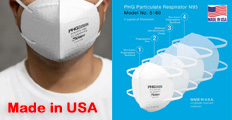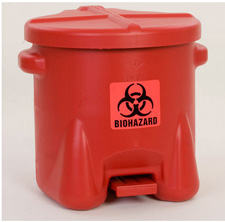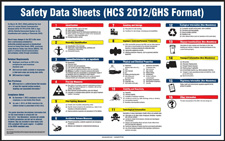



Find all of your laboratory and workplace safety supplies at Safety Emporium!
 CAS Number |
 Glossary Index |
 CERCLA |
| MSDS Topics |
Free Sites | FAQ's | Regulations | Glossary | Software | Suppliers |
| Books | Forum | Poll | Fun stuff | Quiz | Store | |
| Understand your MSDS with the MS-Demystifier | Search ALL our MSDS info | |||||

Safety Emporium carries biohazardous waste cans, labels, training materials and more...
Cathartics may be broken down into several different categories:

Ensure your workers are trained with safety posters and more at Safety Emporium.
NOTE: We may collect a share of sales or other compensation from the links in the following list:
You will generally find the term cathartic or catharsis on a Safety Data Sheet in reference to:
In Section 4 (first-aid measures) as a first aid measure to treat ingestion of the substance. Cathartics can decrease the absorption of substances in the gastrointestinal tract by accelerating the expulsion of the poison from the body. This may be a preferred method when the material involved is a caustic - for example, instead of inducing vomiting which would cause additional damage to the esophagus and throat.
The decision to utilize a cathartic in a poisoning situation should be made by a qualified medical professional only. There are other ways of reducing the absorption of toxic materials in the body; see the additional terms at the bottom of this page and Further Reading below.
In Section 11 (toxicological information) as a symptom of exposure, usually through ingestion of the material.
See also: activated charcoal, antidote, emesis, gastric, poison.
Additional definitions from Google and OneLook.
Entry last updated: Monday, June 13, 2022. This page is copyright 2000-2025 by ILPI. Unauthorized duplication or posting on other web sites is expressly prohibited. Send suggestions, comments, and new entry desires (include the URL if applicable) to us by email.
Disclaimer: The information contained herein is believed to be true and accurate, however ILPI makes no guarantees concerning the veracity of any statement. Use of any information on this page is at the reader's own risk. ILPI strongly encourages the reader to consult the appropriate local, state and federal agencies concerning the matters discussed herein.